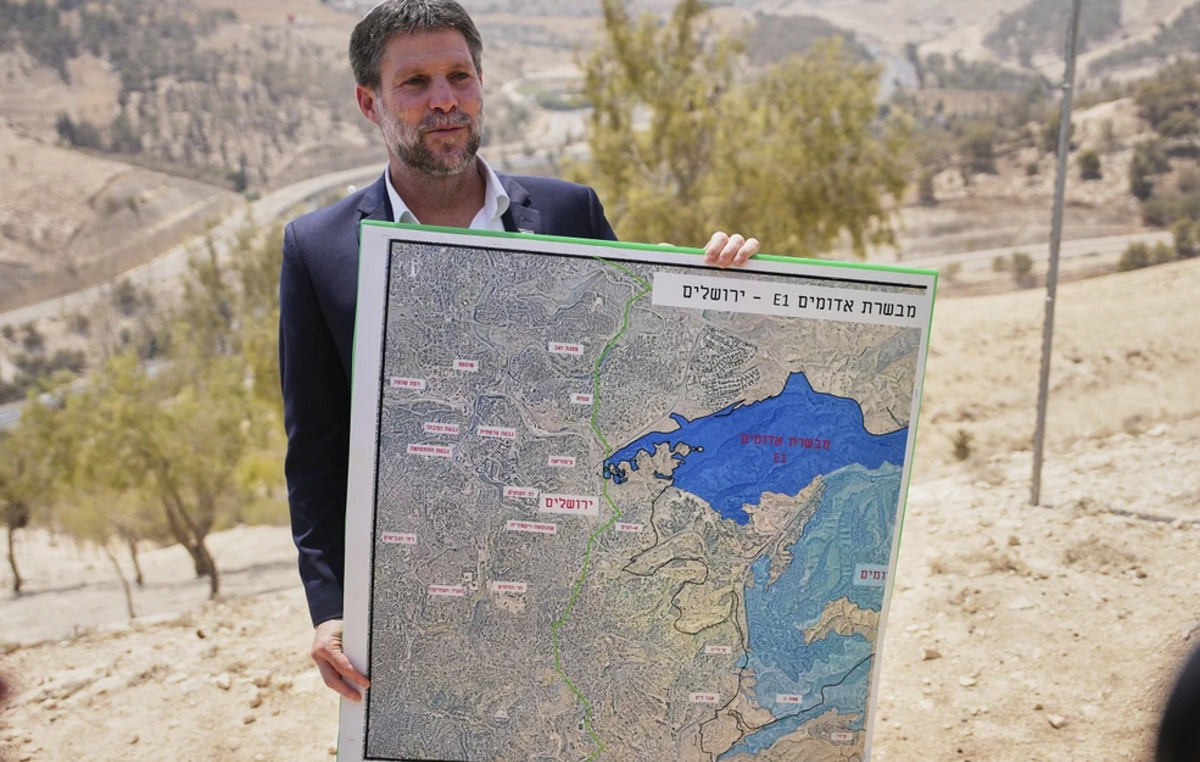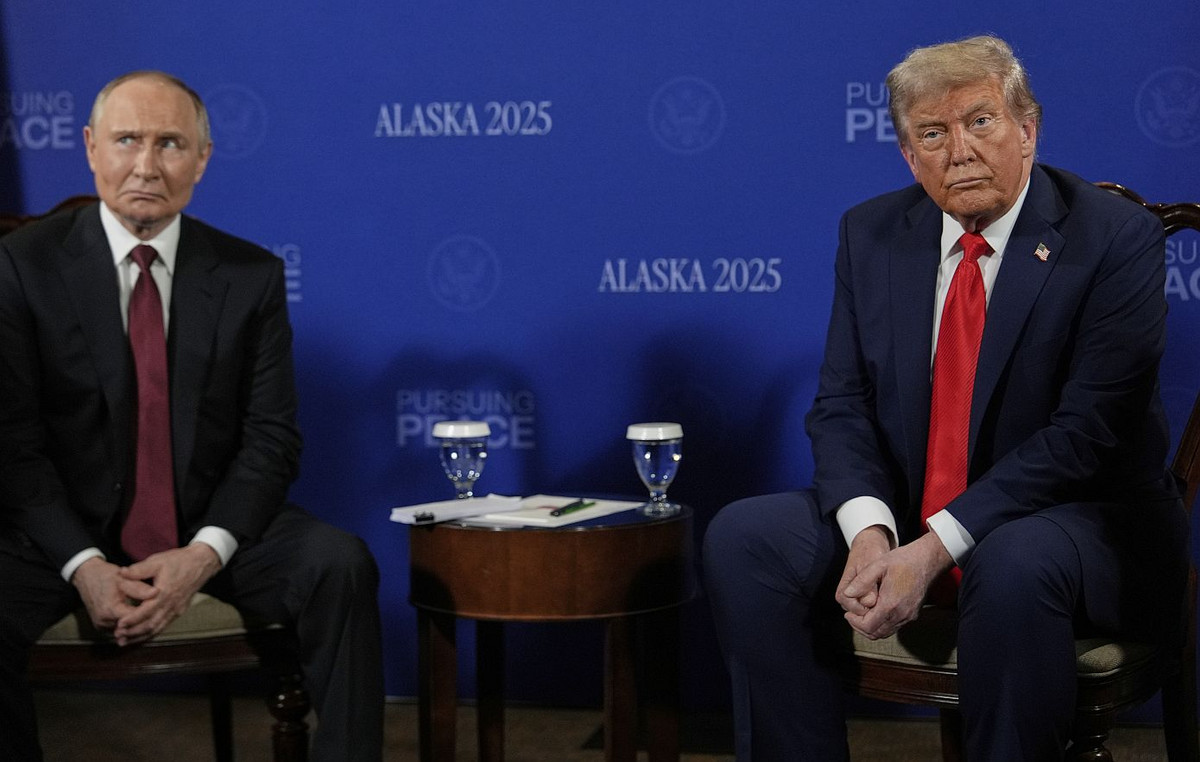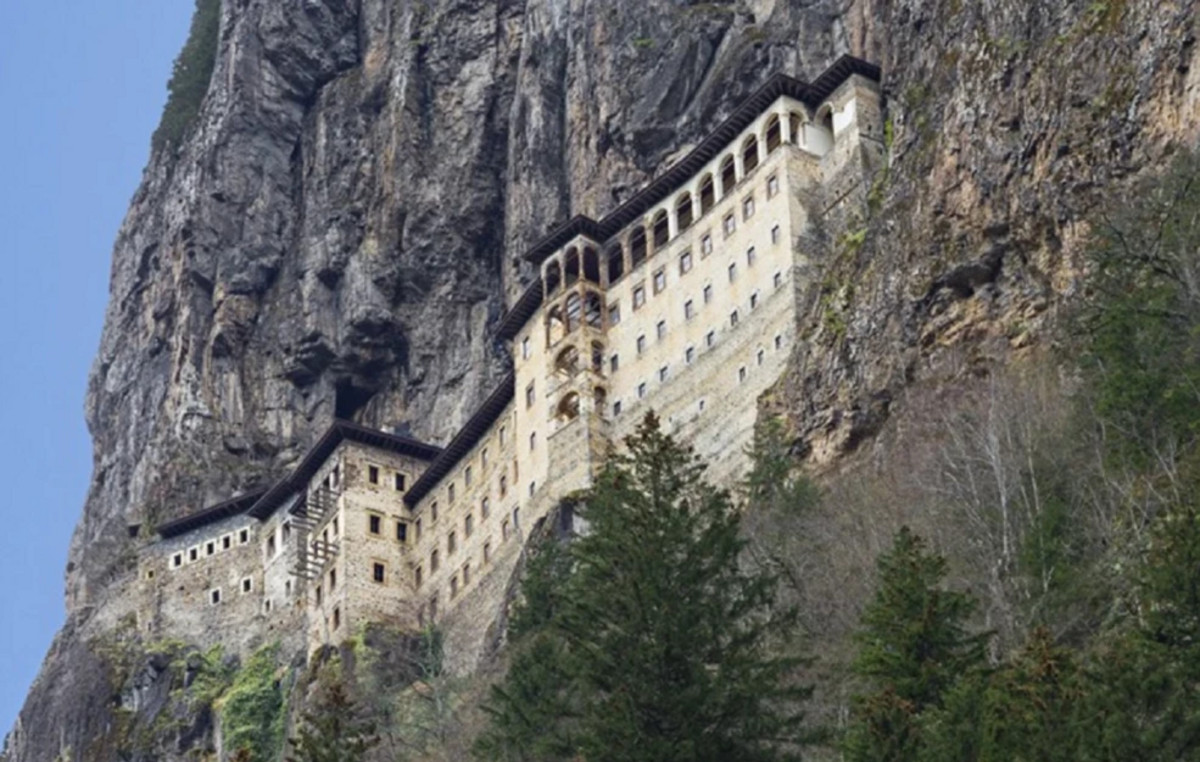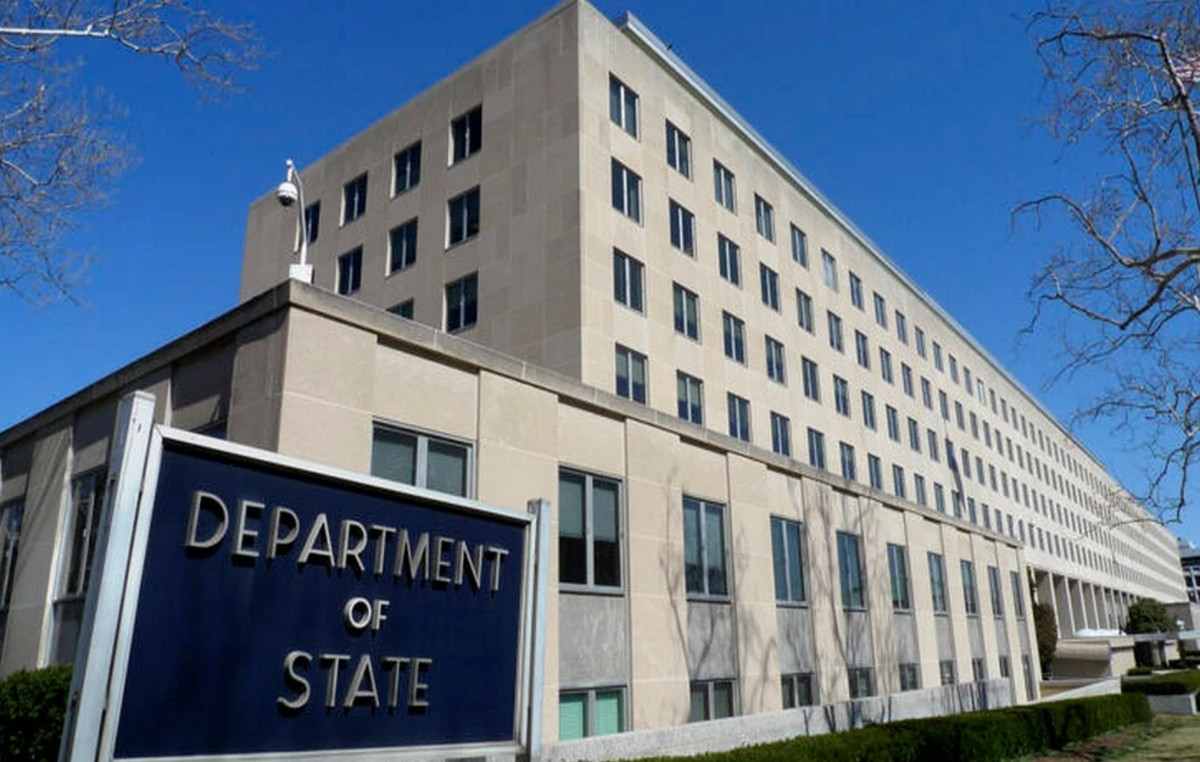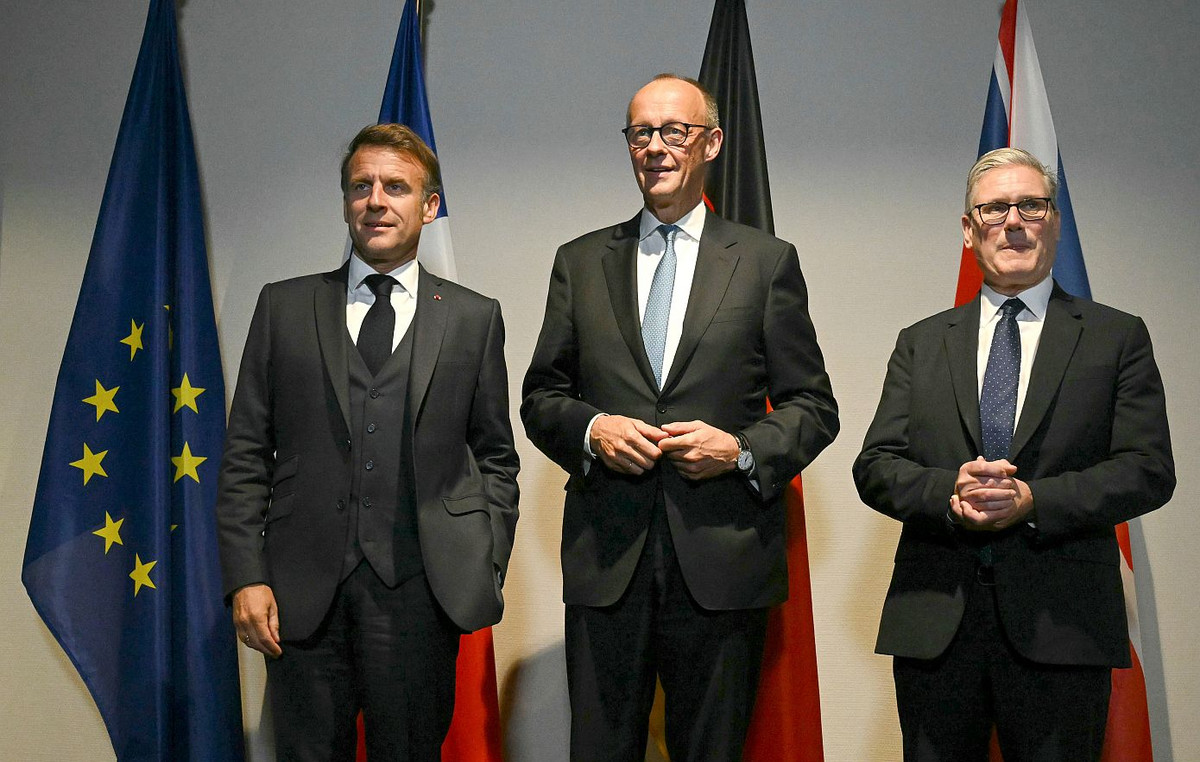Exactly 77 years ago, on August 9, 1945, the United States dropped the “Fat Man” atomic bomb on the Japanese city of Nagasaki. It was the second use of this type of weapon, unheard of in wars to date, by the Americans against Japan during World War II.
Three days earlier, 70,000 people had died after the “Little Boy” was dropped, the nickname given to the first atomic bomb dropped on Hiroshima. This time in Nagasaki, 40,000 people died instantly and about 30,000 in the following years from injuries and radiation impacts.
On August 15 of that year, six days after the attack on Nagasaki, Emperor Hirohito announced his country’s surrender in a radio broadcast. The formal agreement was signed on September 2, aboard the American battleship Missouri, anchored in Tokyo Bay.
That was the end of World War II, the deadliest military conflict in human history, responsible for the death of about 50 million people worldwide.
secondary target
According to historical accounts, the US decided to use the devastating power of atomic bombs to end the war “as quickly as possible”. After the surrender of Germany to Adolf Hitler in 1945, the Allies turned their full attention to the Pacific, where Japanese troops continued to fight bravely.
In July, Japan refused the demand for surrender presented in the Potsdam Declaration, which threatened the Japanese with “immediate and total destruction” if they refused.
Thus, the US president at the time, Harry Truman, decided to put into practice the atomic bombs created by the “Manhattan Project”, an American research program aimed at the development of nuclear weapons.

On August 6, 1945, the Enola Gay, a US Air Force B-29 bomber, launched the “Little Boy” on Hiroshima, the city of 350,000 chosen as the first target. The explosion, equivalent to 15 thousand tons of TNT, caused the death of 70 thousand people instantly.
With no signs of Japanese surrender, the US decided on a new attack. Three days later, Major Charles Sweeney, aboard the B-29 Bockscar bomber, departed for Kokura, but the thick clouds around the city caused a change of plans.
The “Fat Man”, the second atomic bomb, was eventually dropped at 11:02 am on August 9, 1945 on Nagasaki, a secondary target. The bomb, heavier and more powerful than the one used in Hiroshima, killed 40,000 people instantly.
Source: CNN Brasil
I’m James Harper, a highly experienced and accomplished news writer for World Stock Market. I have been writing in the Politics section of the website for over five years, providing readers with up-to-date and insightful information about current events in politics. My work is widely read and respected by many industry professionals as well as laymen.

